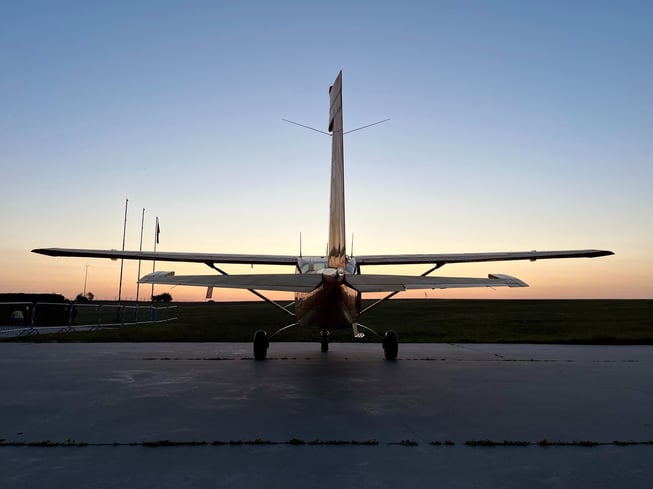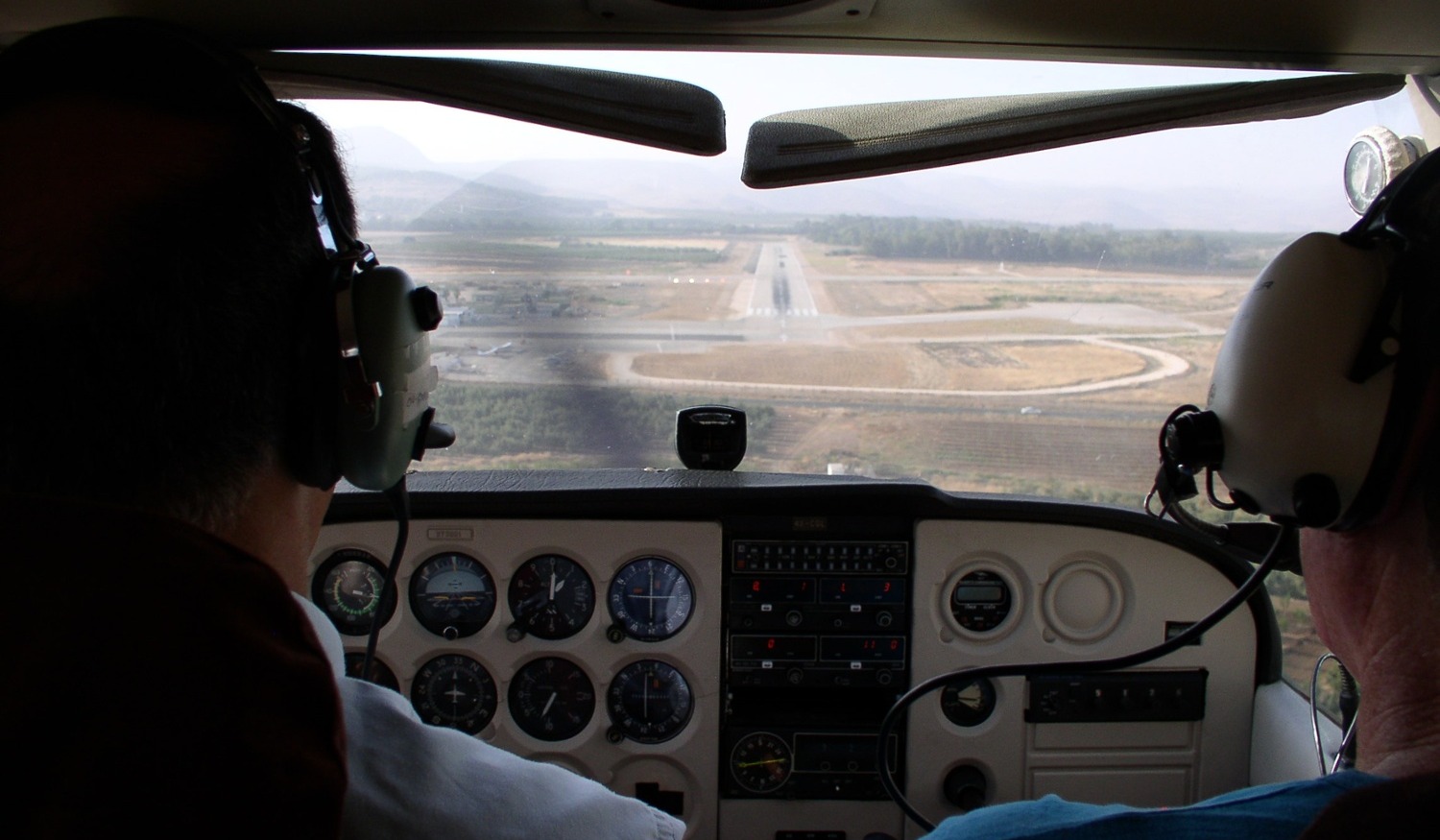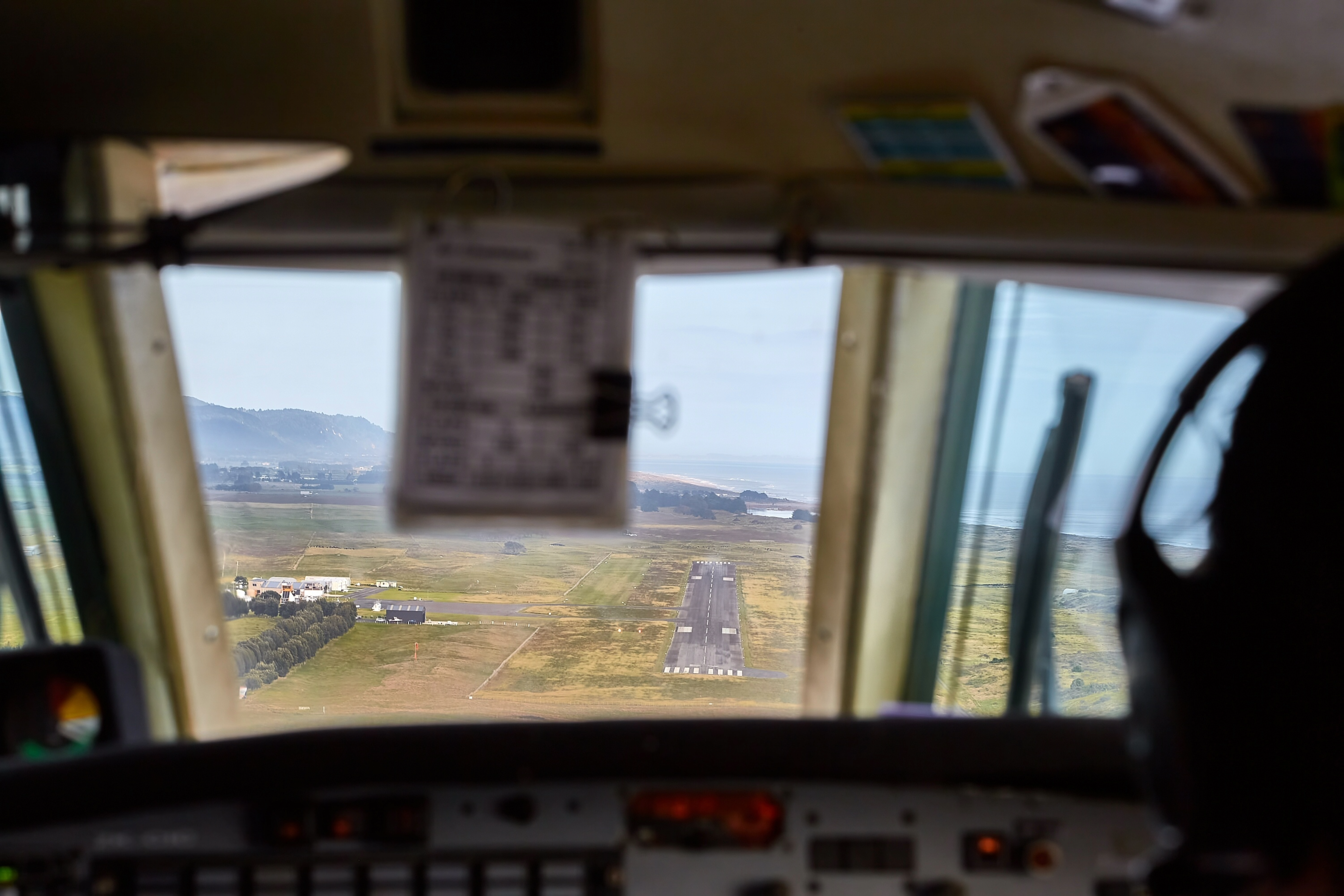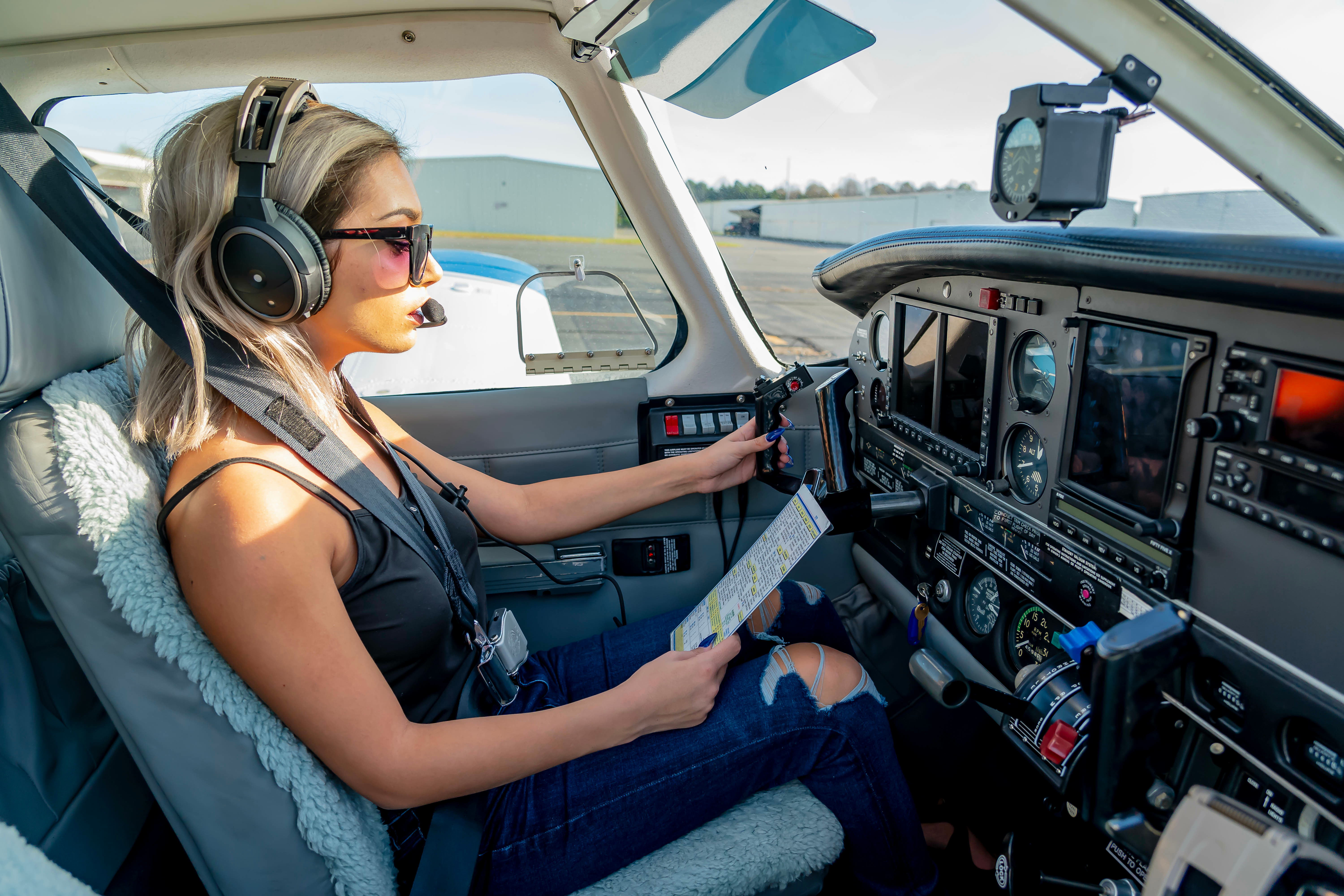What's the Cost of a Bad Magneto?
In the summer of 2005, I was soaking up the Southern California sun and building time in an ancient Cessna based out of Long Beach Airport. It was a flight school rental that was cheap, slow, and amusingly unsophisticated. One particular weekend I planned a flight to Monterey for a clam chowder lunch. I arrived at the airport, kicked the tires, strained some fuel, and taxied to the runway. During the run-up, I checked the magnetos.
A good magneto check involves a modest drop in revolutions per minute (RPM) when cycling from BOTH to either LEFT or RIGHT. If there is no RPM drop, something is not right (possibly an igniter that is too far advanced). If the drop is excessive, something may be wrong with the magneto itself. You want to be in the Goldilocks zone, where everything is just right.
However, vibration is a part of life for any reciprocating aircraft, which makes determining the exact RPM drop difficult. Old-school needles portray values through a never-ending series of bobbles. My question on that beautiful SoCal day was whether the limit was defined by the lowest bobble or the average of the bounce. The answer had serious ramifications; the left magneto check had been noticeably marginal.
I hate to admit it, but in the end, my stomach settled the matter. I was looking forward to that clam chowder. The “bobble” question was somewhat ambiguous, anyway. I decided to go. I told the tower, and they cleared me for takeoff.
I had not made it as far as Santa Barbara when the engine suddenly lost power. I immediately selected the right magneto. It did not do any good. I was quickly forced to trade altitude for airspeed. I declared an emergency with air traffic control. I shoved the mixture forward, ensured the fuel selector was ON, and pulled the carb heat.
Seconds later, power returned. I diverted to Camarillo and decompressed from the crisis with a hamburger at an airport diner.
The flight school owner asked me to run it up and bring it back to Long Beach. The magneto did not perform any better on the run-up pad in Camarillo. I caught a ride to Oxnard Airport and an express flight to LAX.

A little over a month later, a flight instructor and student were killed in that aircraft following a loss of power immediately after takeoff. My skin crawled as I read the details of the NTSB report.
If you have ever taken off from Long Beach, you know that a pilot is confronted with a sea of buildings and phone lines past the runway. A forced landing is destined to end in tragedy. During the attempt to return to the airport, the instructor had spun the aircraft.
Among the wreckage, the National Transportation Safety Board (NTSB) discovered that the ignition switch was selected to RIGHT (BOTH is normal). The doomed instructor made many of the same choices I had made over the coast. If my engine had loss power at 50 feet instead of 6,000 feet, my epilogue would have included the NTSB puzzling over my unusual selection of a single magneto.
Lycoming tore the engine apart, while the NTSB poured through the logbook. They discovered that the engine had exceeded its Time Between Overhaul (TBO) interval. Several of the igniters were worn beyond tolerance. The balance of the investigation pointed to an aircraft pushing its mechanical service limit. It is the sort of thing that happens when price consciousness collides with operational reality. It is not as though I was innocent in the affair. I had chosen the flight school largely because of its cheap fleet. Sometimes you get what you pay for.
But two young men died while another one learned a valuable lesson. It doesn’t seem fair.
How can we prevent these types of tragic accidents?
There are three major elements to analyze during a preflight: the aircraft, the conditions, and the pilot. Preflighting the aircraft involves a review of the logbook (focusing on the status of required inspections and any recent squawks). Do not take it on faith that the aircraft has been properly maintained or inspected. Be familiar with the regulatory documents.
Whether you rent or own, do not take a chance on the marginal operation of a critical component. If something is arguably within limits, it is likely either close to the end of its service life or about to fail. Either way, do not monkey around with it. Write it up and let a mechanic look it over. This approach may result in a few extra bucks in flight costs, but getting it wrong is serious business.
The walk-around is the second element of a properly preflighted aircraft. Not long after getting my private pilot license, I took my dad up in a Cessna 172. On the taxi to the runway, I noticed that the aircraft in front of us had a flat tire. I relayed it to ground, and the pilot sheepishly returned to the ramp. My old man looked at me and said, “I don’t know much about airplanes, but even I know that you ought to look at the tires before you set off.”
More than one pilot has perished due to water-contaminated fuel. More than one has perished when they failed to remove the gust locks. The list goes on and on. Accomplish an approved preflight prior to every leg.
Nearly all aircraft require equipment checks. Many aircraft require a run-up. Again, perform the preflight checks according to manufacturer guidance. Do not let the desire to take off (the entire reason you are in the aircraft to begin with) outweigh common sense following a marginal result. Balance all the available information and make a go/no-go decision as best as you can.
Be conscious of the fact that internal pressures can adversely impact decision-making. There are many foolish reasons to press on into poor conditions. I did it over a bowl of clam chowder. The successful completion of a flight sometimes involves knowing when to give up. Taxiing back to the ramp may be the best decision that you ever make.
Share this
You May Also Like
These Related Articles

GA Safety Trends: What Should We Worry About?

The Last Flight
